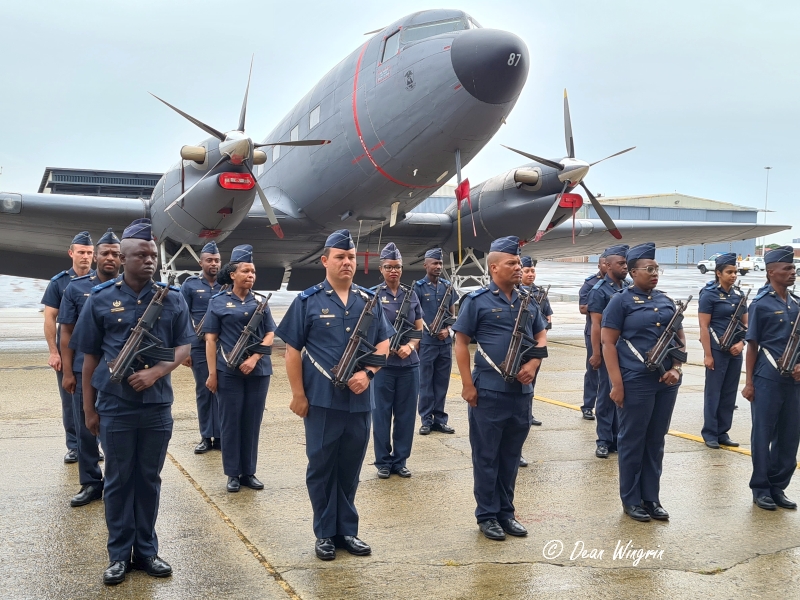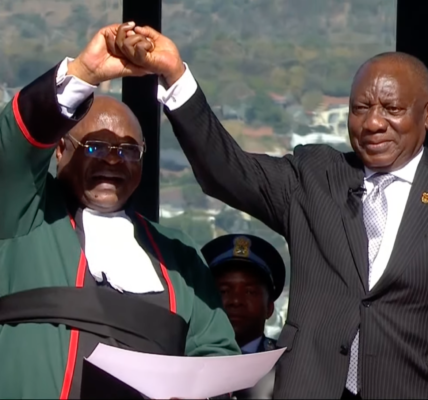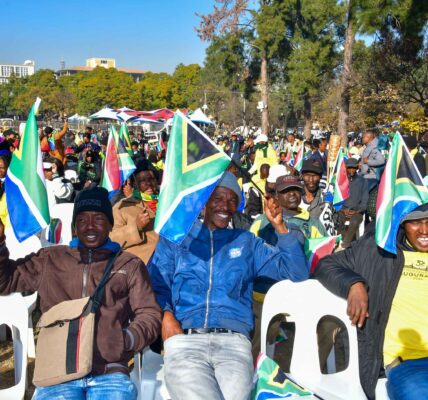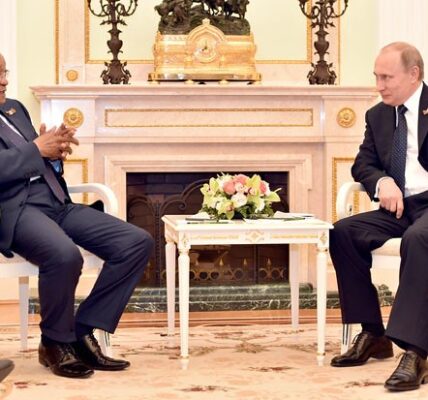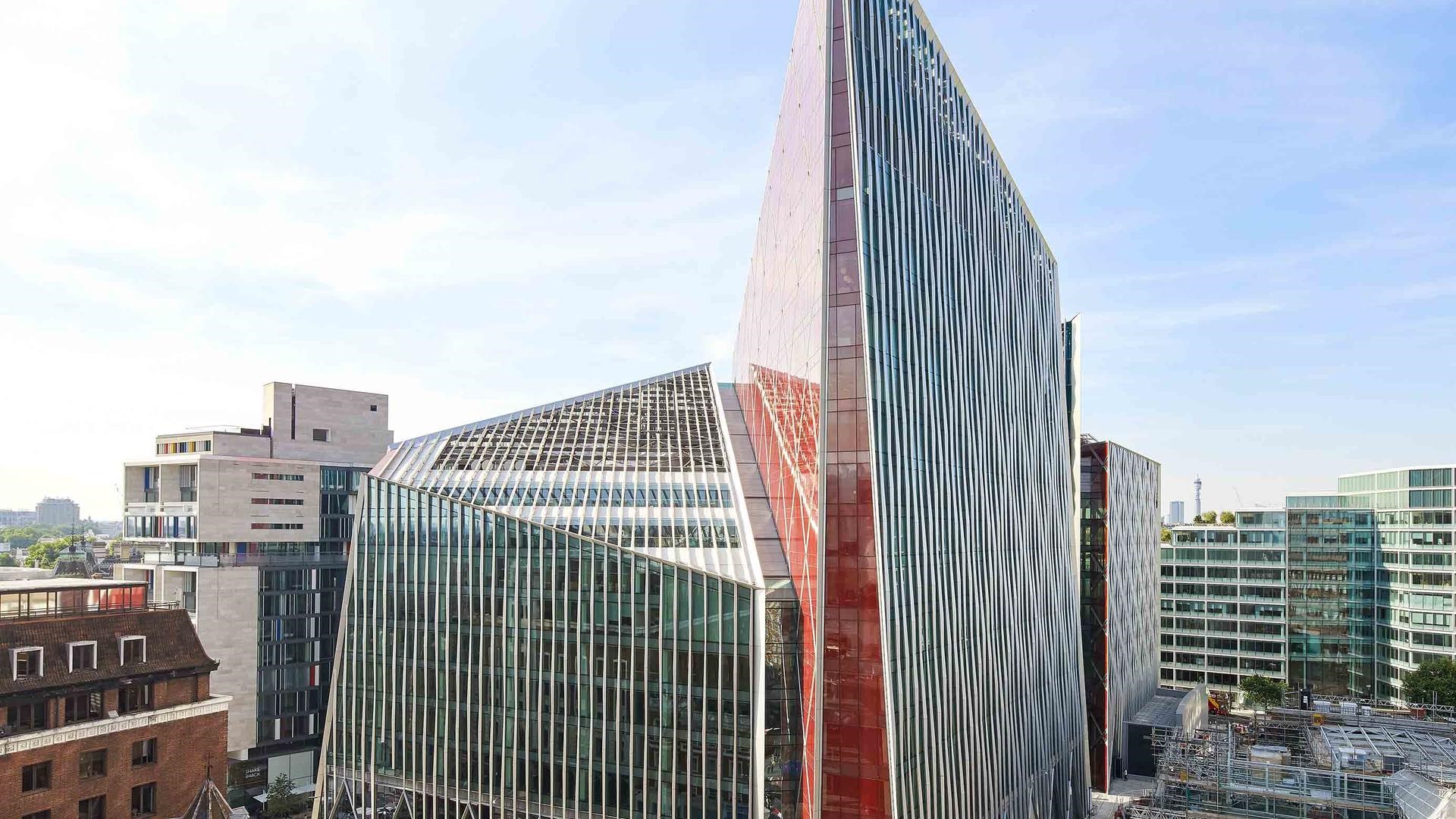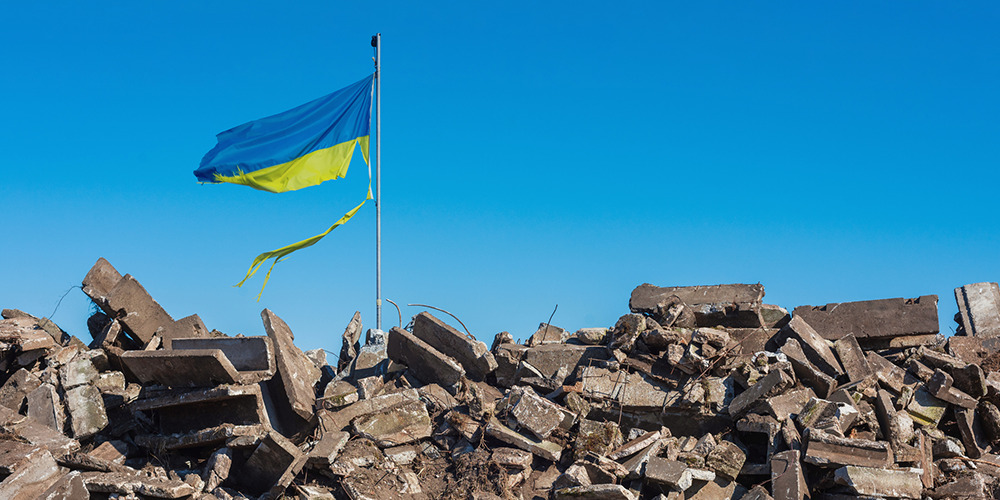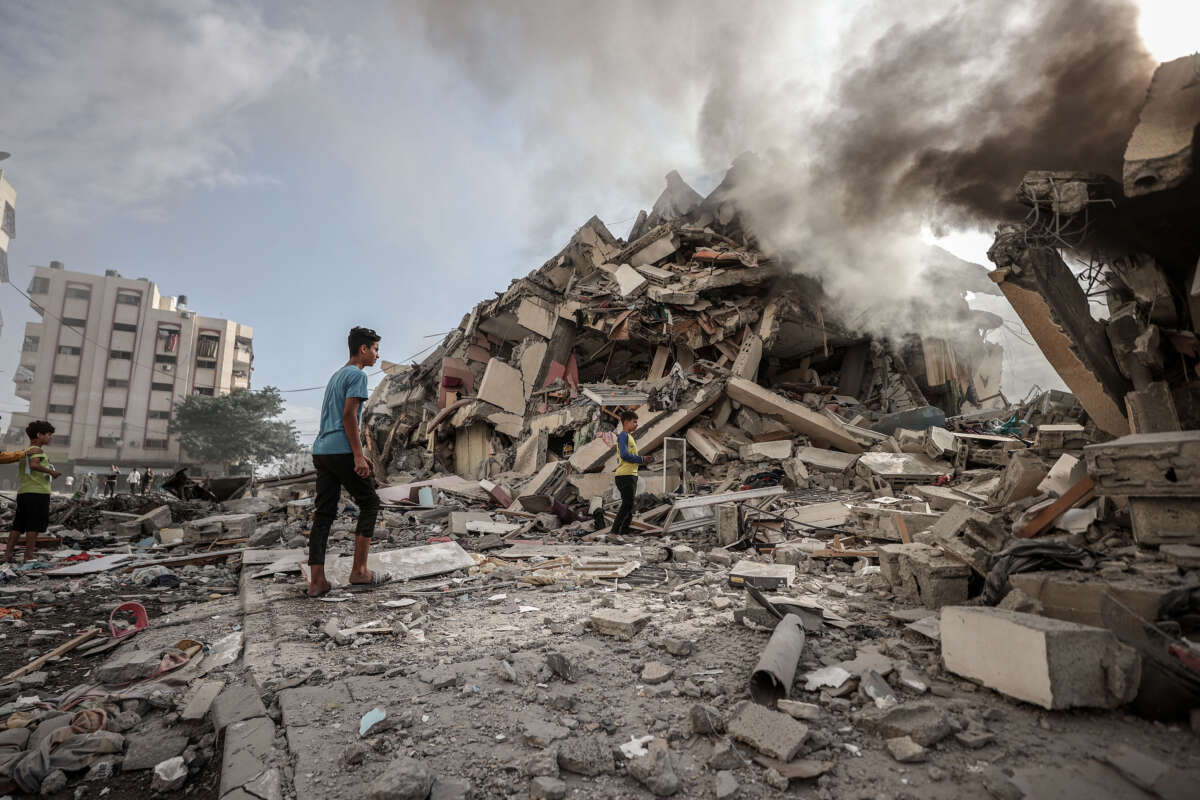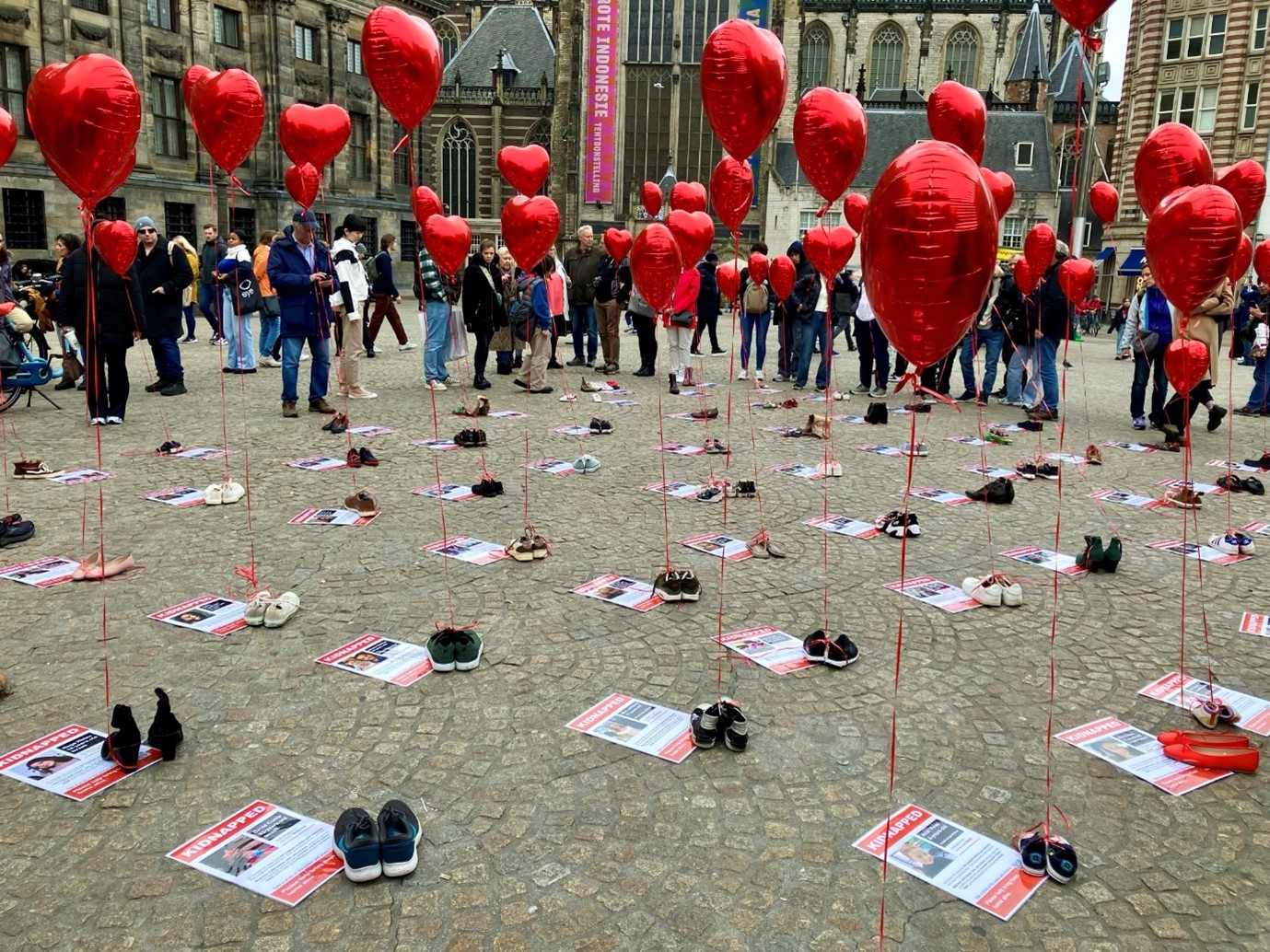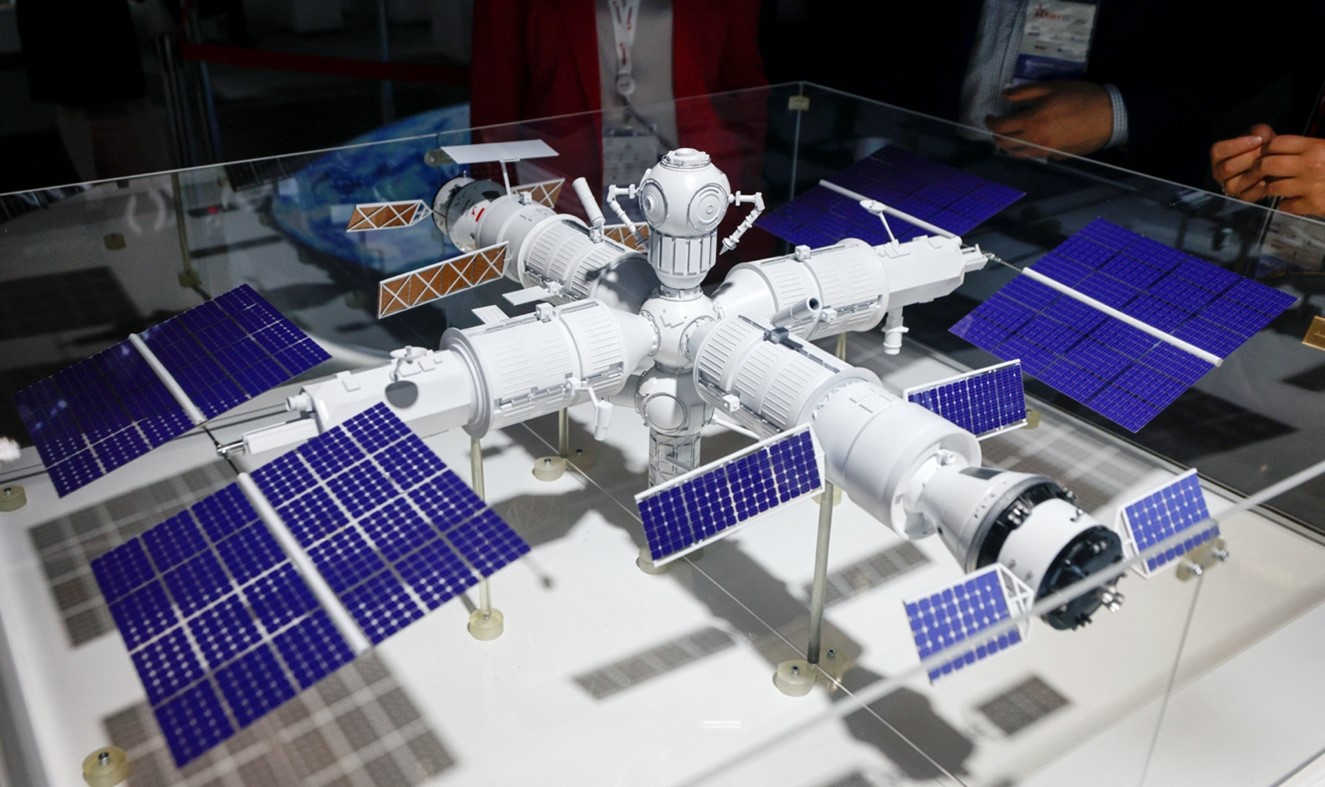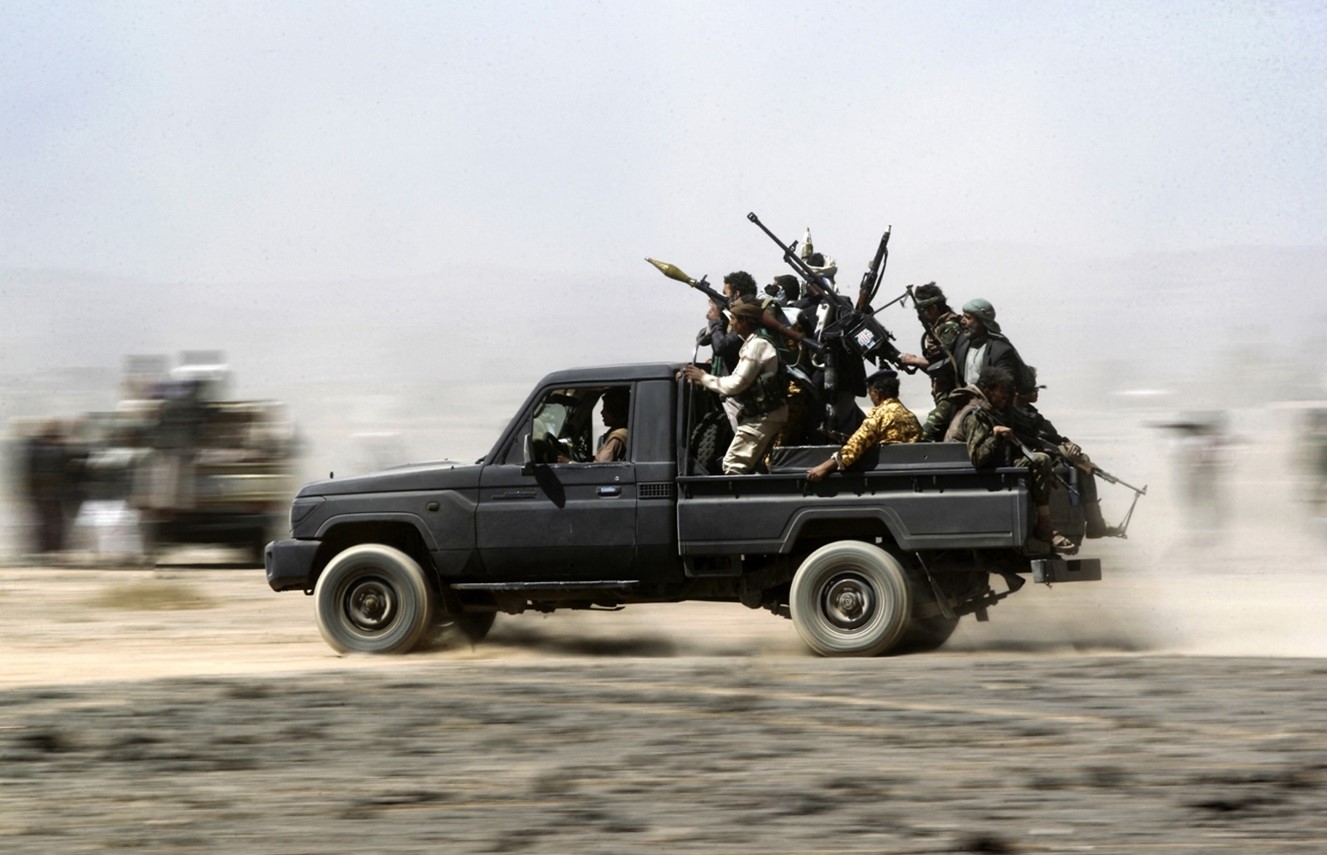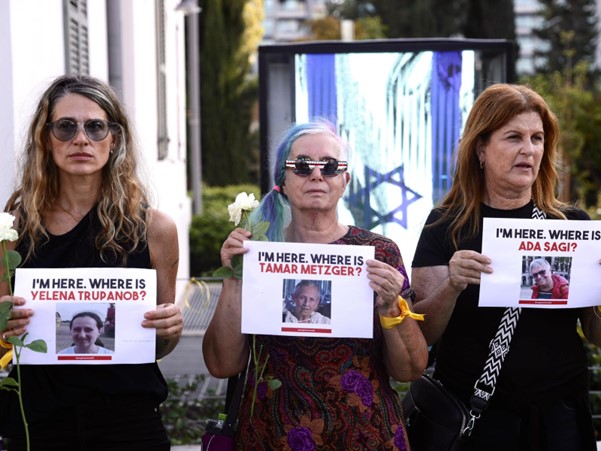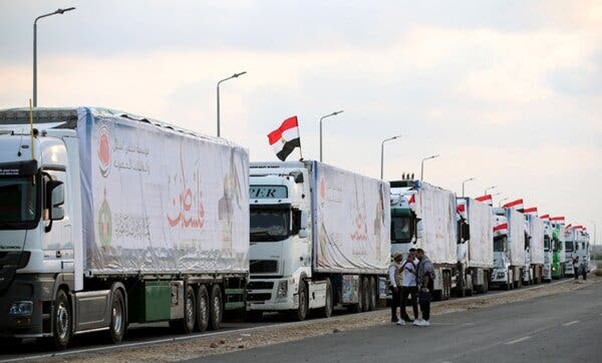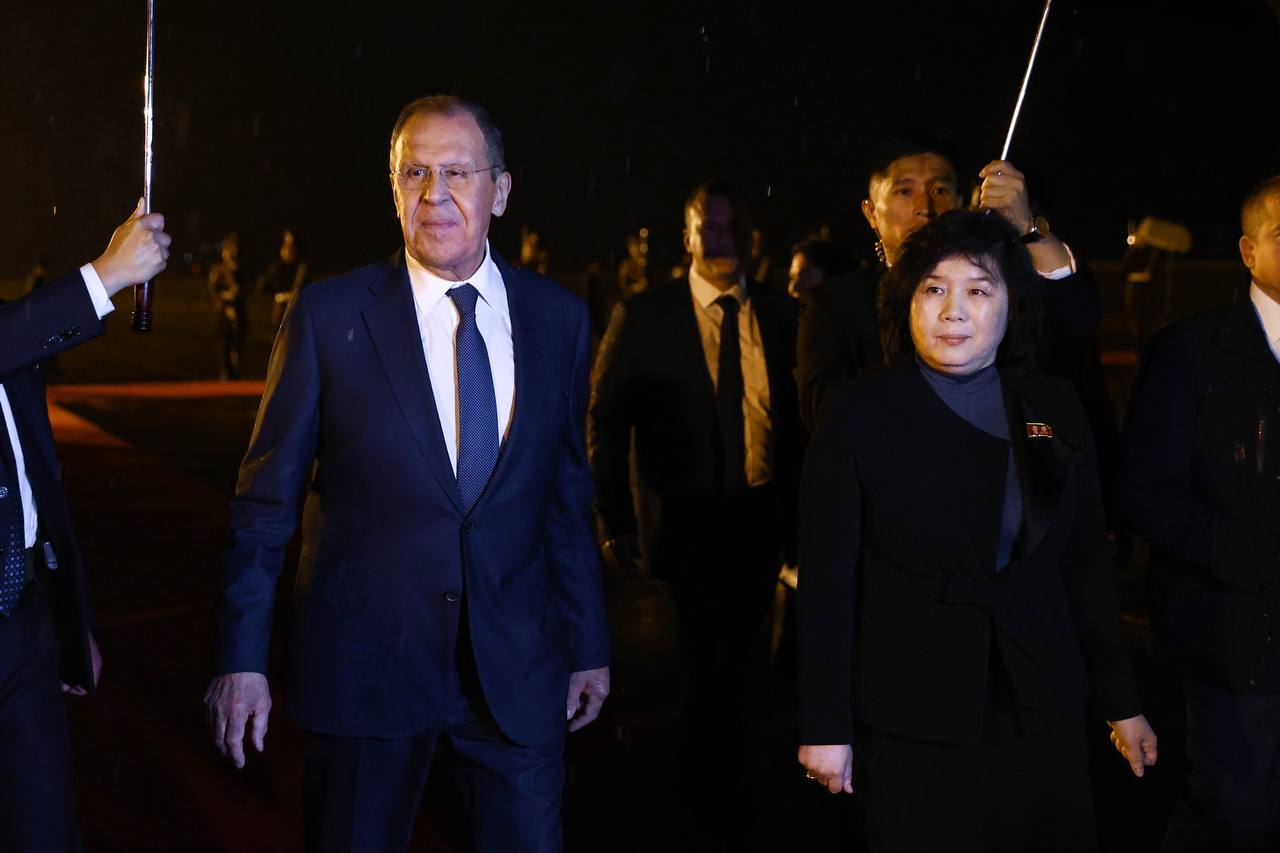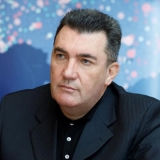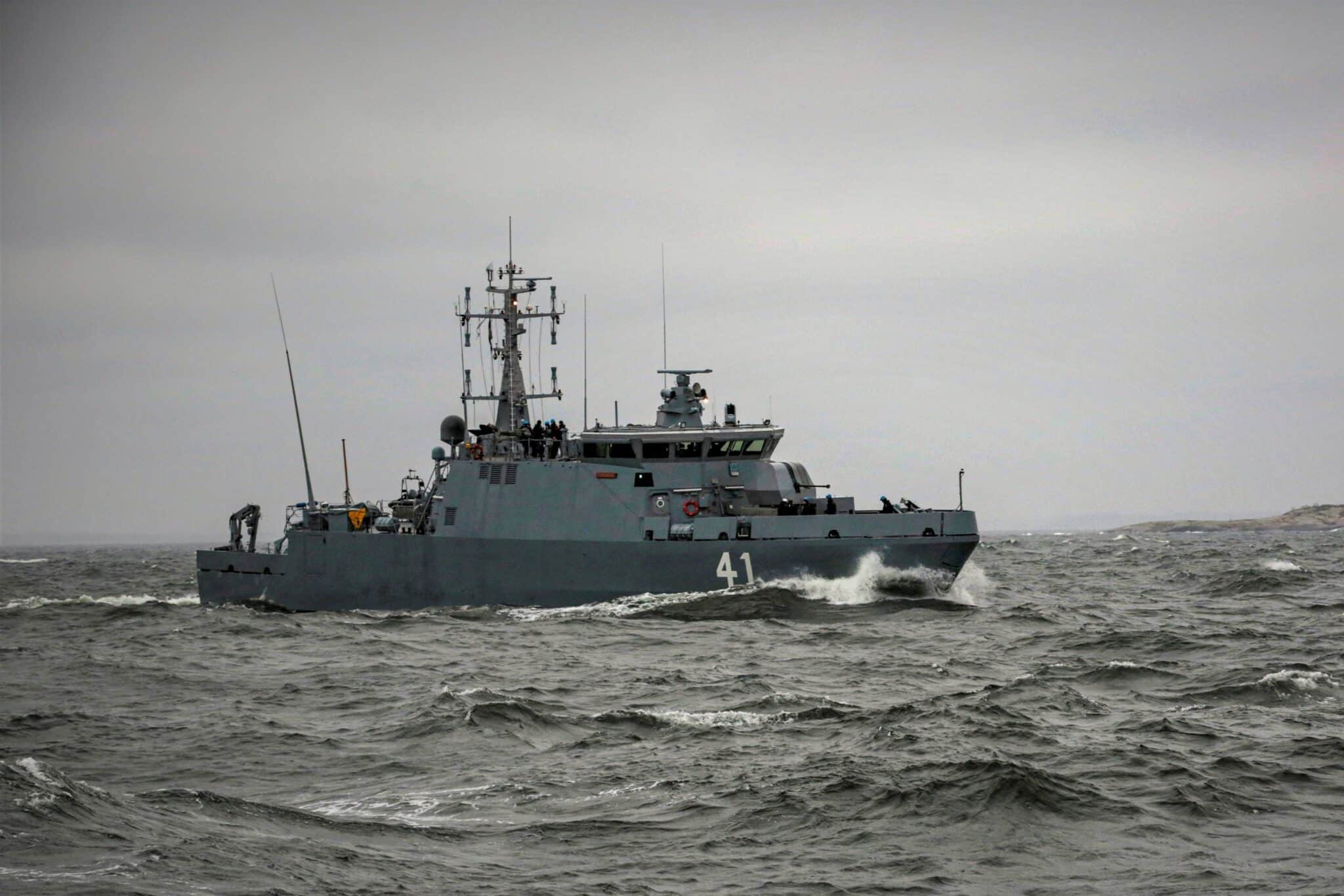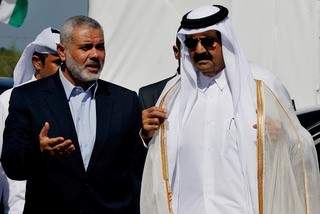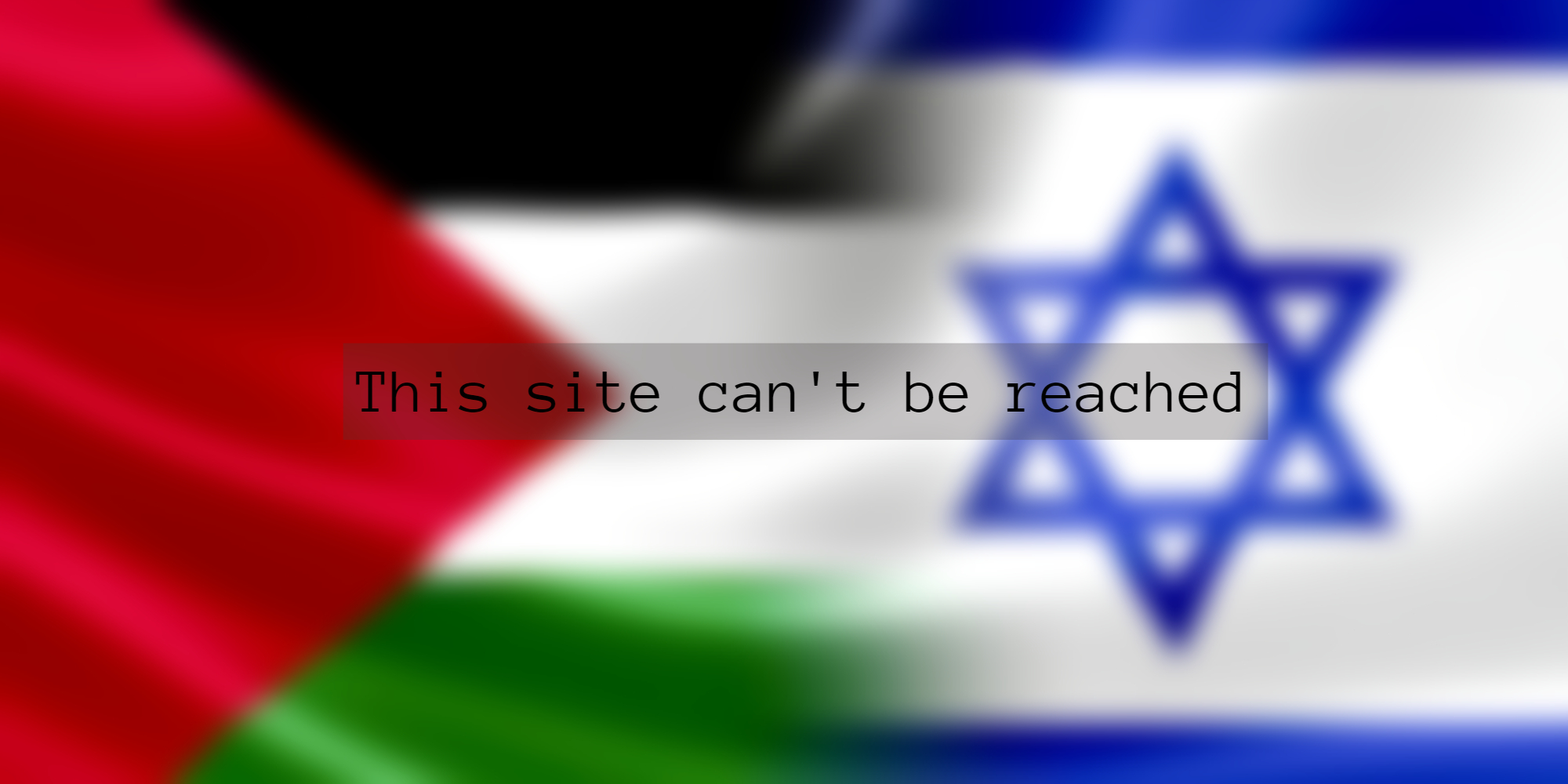“Rebel groups in Africa have better equipment than SANDF,” says defence analyst as precarious state of Air Force is revealed
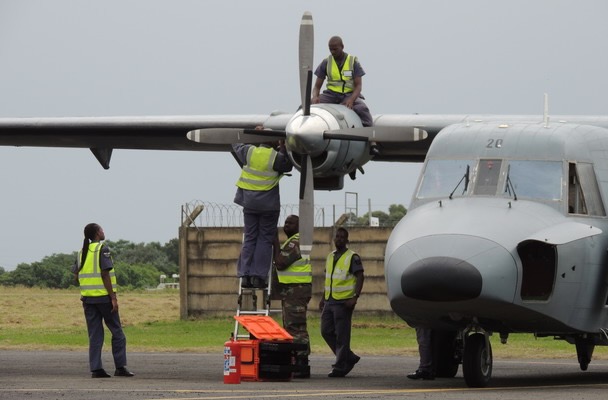
South Africa’s defence capabilities have reached a critical low, with its Air Force (SAAF) reduced to only six fully operational aircraft out of a fleet of 330. The dire state of the Air Force is the latest revelation in a litany of failures for the country’s defence force. This situation raises serious concerns about the nation’s ability to defend itself, protect its 3,000 km coastline, manage its land borders, and provide regional stability.
In an interview with National Security News, Kobus Marais, a defence analyst and former Democratic Alliance shadow minister of Defence, stated: “We were the most advanced air force on the African continent. Yet now, rebel groups in Africa have access to better technology and equipment than we do, which paints a very bleak picture.”
Outdated Helicopters and Limited Operational Aircraft
Marais described how the Rooivalk and Oryx helicopters, crucial for defence and support, are outdated and require upgrades. He noted that the Rooivalk, South Africa’s most lethal helicopter, which has played a pivotal role in the past and provides essential air support to soldiers, is in urgent need of upgrades, as many of its weapon systems, communication, and avionics are obsolete.
“The Oryx helicopter serves as the workhorse of the Defence Force. It is used for evacuations, medical evacuations (medevacs), and logistical support, including the transport of ammunition and food for deployed soldiers. This helicopter is crucial for search and rescue operations in mountainous areas and maritime missions. Unfortunately, we have lost much of that capability.”
He mentioned that while some of the country’s aircraft “are flying,” they are not defence-ready, meaning they cannot be deployed in conventional warfare or evacuation situations.
Only one of the Lynx helicopters, which are linked to the country’s four frigates, is operational.
“The other three frigates remain in the dockyard, and there seems to be little motivation to get the three Lynx helicopters operational or defence-ready.”
According to Marais, South Africa also lacks medium-haul transport capacity, necessitating the chartering of aircraft. Its C-130 Hercules aircraft availability is very limited, with one currently undergoing an upgrade in the United Kingdom.
While there are plans to upgrade the remaining C-130 Hercules aircraft in the fleet, Marais stated: “Hundreds of millions of rands are being spent on chartering aircraft, particularly Ilyushin aircraft, often for daily chartered flights between South Africa and Lubumbashi, or previously to Goma [in the Democratic Republic of the Congo].”
South Africa can’t defend Its borders
Marais warned that if South Africa cannot protect its airspace or conduct maritime patrols over its vast coastline—as well as its maritime responsibility area, which is larger than the country’s land surface—“we are in a very precarious position.
“Furthermore, if we cannot provide adequate support to our soldiers along our land borders, the situation becomes even more critical.”
He highlighted issues with South Africa’s Air Force pilot training programmes, noting that training pilots in Cuba had proved disastrous.
“Many pilots who returned to South Africa had to undergo additional training to qualify to fly our aircraft.”
Without incentives for aircrew, pilots, flight engineers, and others to remain in the Defence Force—particularly in the Air Force—South Africa’s situation is becoming increasingly untenable, according to Marais.
He explained that South Africa is, under international treaties, responsible for maritime areas extending down to the Prince Edward Islands and Antarctica for search and rescue or disaster situations.
However, the country is unable to fulfil this commitment or protect its ocean resources—such as fish, abalone, and potentially natural gas and oil reserves—due to a lack of operational capability.
All is not lost: South Africa needs a budget of 1 per cent of GDP
Marais stated that while the country cannot afford all the necessary measures to restore its defence force immediately, this could be addressed over several years.
“If the government acts promptly and responsibly, they can certainly find the money for at least a 1% of GDP defence budget, provided that the defence budget is completely restructured and reprioritised. There are many expenses, in my opinion, that have been inherited over the years, which they seem reluctant to cut. Cutting these expenses would free up funds to allocate where they are most needed, particularly for aircraft and naval vessels.”
He emphasised the need for a multi-year programme not only to replace prime mission equipment but also to upgrade it where necessary. However, South Africa’s defence facilities are in a severe state of disrepair.
For example, Marais cited the Silvermine communication and radar facility at Simon’s Town, where the government currently depends on the private sector for communication and radar operations.
He concluded that “all is not lost,” as the country has many highly capable individuals within its defence force. He expressed hope that once South Africa moves beyond the influence of the last of the old MK struggle stalwarts (Umkhonto we Sizwe was the military wing of the ANC), opportunities could be given to younger officers on merit.
SANDF should partner with South Africa’s private defence sector and international allies

Marais said the current gaps in South Africa’s defence capabilities could be filled through partnerships with international allies and the country’s highly regarded local defence industry.
“There are numerous committed and highly competent companies within the South African defence sector. I have no doubt that if we collaborate with them, we can tackle many of our challenges.”
He noted that some of these companies are robust enough to offer multi-year funding or financing programmes, reducing the need for immediate payments.
“This can certainly be arranged.”
Marais cited examples such as Milkor, a South African aerospace and defence company that has developed the 380 UAV, capable of flying 3,000 kilometres, and Paramount, which manufactures a light reconnaissance aircraft.
He pointed out that South African technology is predominantly exported and primarily utilised by NATO partners.
“This is highly developed technology that you will find in their weapons systems and prime mission equipment.”
He also highlighted the significant loss of defence expertise from Denel Dynamics and Denel Landward Aeronautics to the UAE and Saudi Arabia.
“Many of the staff there are South African. If you attend a board or management meeting, don’t be surprised if the entire discussion is conducted in Afrikaans.”
At present, the South African government has yet to outline a clear recovery plan for its Air Force and broader defence capabilities.
Uncertainty remains as to whether the current government of national unity, dominated by the ANC, has the political will to implement the necessary reforms to restore South Africa’s defence readiness.

